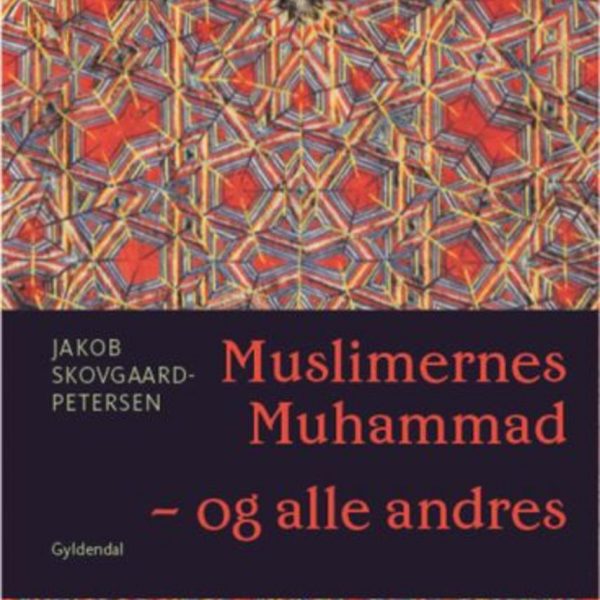In the First World War (1914–1918), 32 nations participated. At the time, Serbia was not a member of any alliance. Just a year earlier, the young, small and poor Kingdom of Serbia had emerged from the Balkan Wars. Physically worn and militarily exhausted, she neither wanted nor was ready for another war.
All hospitals in Serbia lacked doctors and other medical personnel, medicine, medical equipment, and everything that was needed for the wounded and sick. There is no example in history of such a large army going to war with such a small number of doctors. There were only 470 doctors available to the army. There were 26 in Valjevo, but only 10 worked because the others were in the Supreme Command of the army, which had been based in the city Valjevo since 1914. The Serbian government and the national Red Cross made calls for assistance to the International Red Cross, but in September 1914 the aid was organized only from Russia and Greece.
It was not planned that Valjevo, with a population of 8,000, would become a large hospital center, or a place where the Serb Army’s Supreme Command was based. Before the war, this town in western Serbia had two hospitals, the District Hospital for Citizenship and the permanent Military Hospital for military persons, a total of 2210 beds for sick people in the city, and in the event of war.
The war began with an Austro-Hungarian attack on Serbia. Their army crossed the Drina River, from Bosnia, and attacked Serbia from the west. About 200,000 Serbs under Austro-Hungarian rule ran to Serbia from robbery and killing. All roads of escape, for war injured and for local people, led to this city. Around 100,000 people came. There was no more place to be settled in the city in houses and villages, so the refugees built huts around the city to settle down.
Six more hospitals were established in Valjevo to care for all the wounded. Very soon there were thousands of wounded (one night 800 arrived). Even that wounded were sent daily by a medical train into other cities of the country. For the purposes of the accommodation of the wounded and sick, the Government approved that cafes, hotels, schools and all other appropriate buildings could be confiscated.
The citizens of Valjevo established a Committee for welcoming and assisting the wounded on their own, gathered a large number of citizens, and organized the supplies for wounded and sick people. Day and night, they were on call at junctions, visiting hospitals, escorting medical evacuation trains, and offering to the wounded and sick what little they had. The Committee was joined by the daughters and women of the most respected citizens, they were educated due to a lack of hospital staff to work in hospitals. When the number of wounded reached 7,000, the entire city turned into a place that devoted itself entirely to the care of the wounded and sick. Hospitals and associated buildings were constantly growing, enlarging, so the city turned into a huge, unique hospital.
Austro-Hungarian soldiers brought with them a vicious disease ‘spotted typhus’. 500 of their wounded who were infected with typhus were left in Valjevo and its surrounding area. So, for the first time in history, a biological war began. At the end of 1914. There had been an epidemic that cost a lot of lives. What was most worrying was that the number of infected in combat units was rapidly increasing, and doctors were getting sick and dying.
Valjevo, under the occupation, became the most important hospital center for the Austro-Hungarian army. Vicious diseases killed both soldiers, citizens, newcomers, doctors, and paramedics. In the terrible drama, in the face of terrible and painful suffering and temptations, people stood without the uniform and without the flag. Many diaries of Austro-Hungarian soldiers do not record any cases of Serb and Austro-Hungarian soldiers being treated differently in terms of medical help. Solidarity and humanism were seen daily, and the only goal was to help and save people without thinking of their nationality.
Despite the constant referral of the wounded and sick to other places, in Valjevo remained about 8000 wounded people (on only about 2500 beds). Due to the lack of hygienic conditions and hospital material, an epidemic of typhoid was spreading, which carried away about 50–100 lives a day at the end of December 1914 and 100–200 lives a day after January 15th. An epidemic erupted as a fire. The city was dubbed the “Valley of Death.” From there the epidemic spread in Serbia.
Austro-Hungarian soldiers brought with them a vicious disease , ‘spotted typhus’. 500 of their wounded who were infected with typhus were left in Valjevo and its surrounding area. So, for the first time in history, a biological war began
Zvezdana Petrović
The disease was transmitted by white fleas resistant to a temperature of 100 degrees Celsius. Hope came with the invention, by the British officer Stamers, of using water vapor to reach temperatures of 120 degrees Celsius to kill bacteria from the dressing materials.
Nothing seemed impossible anymore. People were no longer at war with each other, but in a war for survival. Side by side, Serbian, foreign, and captured doctors worked, trying to save people’s lives. All the flags and colors under which they went to war on each other fell before the extended hand that asked for help and the one that gives it. Traffic was suspended, schools closed, stations for disinfection were set up in a number of locations.
The epidemic was not contained until the spring 1915, because of improved weather and assistance of missions from allied and neutral states (a total of 82 doctors and 430 nurses). Among others in May 1915, in Valjevo was a Danish mission with the outstanding doctor Teodor Melgaard, who belonged the Danish royal family.
During the epidemic, about 3500 Serb soldiers, 2000 Austro-Hungarian soldiers and about 4000 citizens died during the epidemic in the town of Valjevo. Serbia’s spotted typhus epidemic killed 360000 people in all. From that number 132 were doctors died out of a total of 534 doctors during 1914/15.
According to the Confection of Peace in Paris in 1919, Serbia lost 1247435 people or 28% of the entire population in 1914. From that number 402435 soldiers died on the field or died from wounds and epidemics.
(Oversat af Mirela Redzic, Vejen Gymnasium)
Billede: Boksi, CC BY-SA 3.0 https://creativecommons.org/licenses/by-sa/3.0, via Wikimedia Commons
Forfatter(e)
History teacher, Serbia



